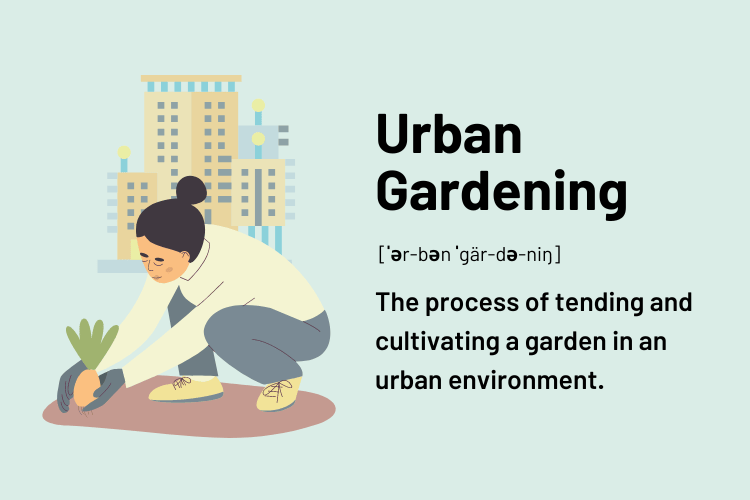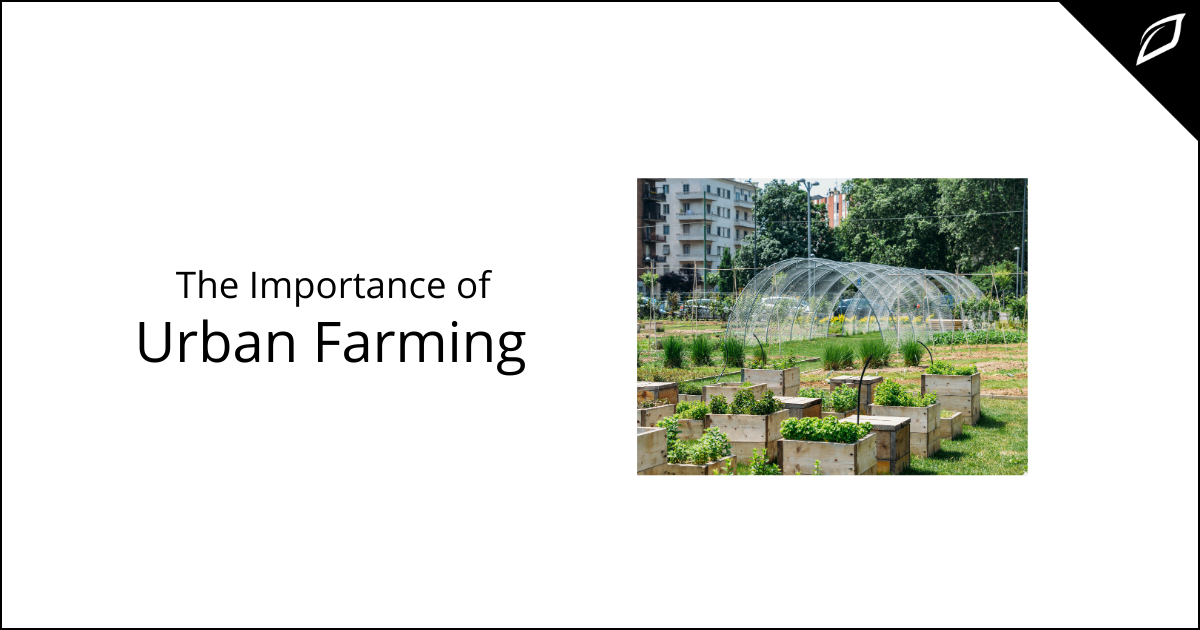City Blooming Can Be Fun For Everyone
Table of Contents10 Easy Facts About City Blooming ExplainedThe Only Guide to City BloomingSee This Report on City BloomingSome Of City BloomingSome Ideas on City Blooming You Need To Know
Nature has unbelievable results on our physical and psychological wellness, so it's no surprise that an easy succulent on a desktop or some potted natural herbs on a windowsill can instantly enhance an area. Take those plants an action additionally, and you'll go across into the area of city gardening, which brings also extra advantages to people and neighborhoods alike.Urban yards can be often tended by individuals, groups, firms, or organizations. The quantity and variety of food expanded can vary extensively, as well as the dimension of the job itself, but metropolitan horticulture initiatives are all rooted in a city setting.
Whether they include a collection of pots on a terrace or a cluster of stories on an uninhabited whole lot, these yards supply even more than food, using a host of ecological, economic, and social benefits. Because produce is grown in neighborhood settings as opposed to far-away ranches, city horticulture reduces transportation requirements, therefore minimizing carbon emissions.
City Blooming for Beginners
Lasting and organic agriculture removes or decreases a lot of the ecological injury that would certainly be incurred by commercial agricultural methods. Environment-friendly rooms in cities help in reducing the city warm island result. Urban farming boosts regional economic climates and sustains regional food producers. Community gardening tasks commonly offer food at little or no price, which aids boost food budgets and boost food safety and security. Urban gardens can be devices of social adjustment that address inequities, systemic racism, and area advancement issues. Here at Appetite For Modification, we utilize food as a tool to develop health and wellness, riches, and social adjustment in North Minneapolis. We bring individuals together to learn, prepare, consume, and expand food, creating modification that lasts.
Together, we can create well-rooted and flourishing change!.

The main lesson we, once more, have to discover is that cities are not separated from nature. They belong of the bigger biome in which they lie. As coordinators and developers, we are educated to think holistically. While these fields advertise cities as helpful, no city is perfect not even close, and the susceptabilities and affiliations of the worldwide supply chain has affected everyone in unforeseen ways.
The Ultimate Guide To City Blooming
I will look at models from the past that advertised metropolitan gardens and garden enthusiasts, and reveal what worked and what did not. I will certainly go over the possibilities and challenges of being a city garden enthusiast, what is required to establish up a garden of your very own, and what laws and standards stand in the means of making cities better at promoting urban gardens.
The amount of time threw away reaching and from typical work environments has actually been well recorded. One significant research concluded that before the pandemic, Americans threw away a standard of 54 hours a year commuting. The gathered adverse results of contamination and stress and anxiety that result from commuting alone by car as the majority of Americans do are considerable.
The capability to find to the workplace for collaboration and culture, and remain home for focused job is a concept that saves time, is better for the atmosphere and is a smarter use minimal sources. It appears the crossbreed office is a concept whose time has come. What hasn't yet taken hold is the connection in between these changes in behaviors and just how cities might react.
What Does City Blooming Mean?
What are the health and wellness effects of our cities unexpectedly overdesigned for cars and trucks? Just how can our city infrastructure (roads, utilities) execute better, not just as conduits to relocate people and items, however as factors to all-natural systems? Urban sensations such as smog, bad water Source high quality and the 'heat island impact' can be mitigated by greening our streets, amazing our vehicles and growing our car park whole lots.
In a recent write-up in the Wall surface Street Journal, Richard Florida discussed the sensation of 'zoom cities,' which draw in remote employees by developing a picture of a greater high quality of life (eco-friendly practices). He composed: "For cities, remote job alters the emphasis from luring business with unique deals to tempting skill with solutions and features
Urban horticulture now has several options to assist you expand food anywhere you have room, such as with container horticulture, hydroponic horticulture, and rooftop gardening. This implies you can regulate the location where you expand the food, and stress much less concerning environmental conditions like drought or cold weather. You can choose what you intend to grow, exactly how you desire to expand it, and where you intend to grow.
Little Known Facts About City Blooming.
Growing mass-produced food with conventional farming approaches takes a great deal out of the planet. Beyond the numerous resources that are used on the ranch, the food then has to be transferred from where it is grown to a store near you. That requires melting a great deal of fuel. Typically in the U.S., food is now delivered in between 1,500 and 2,500 miles to reach the consumer.
